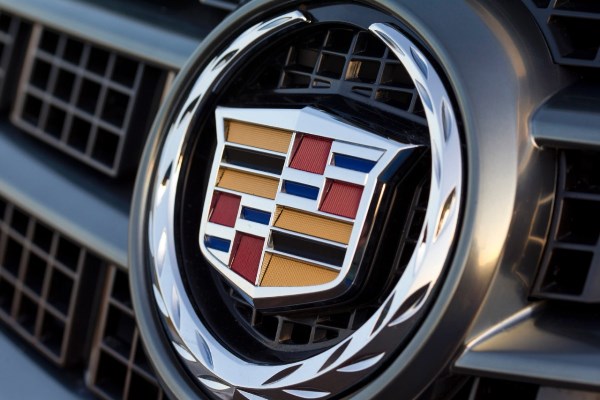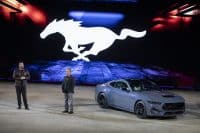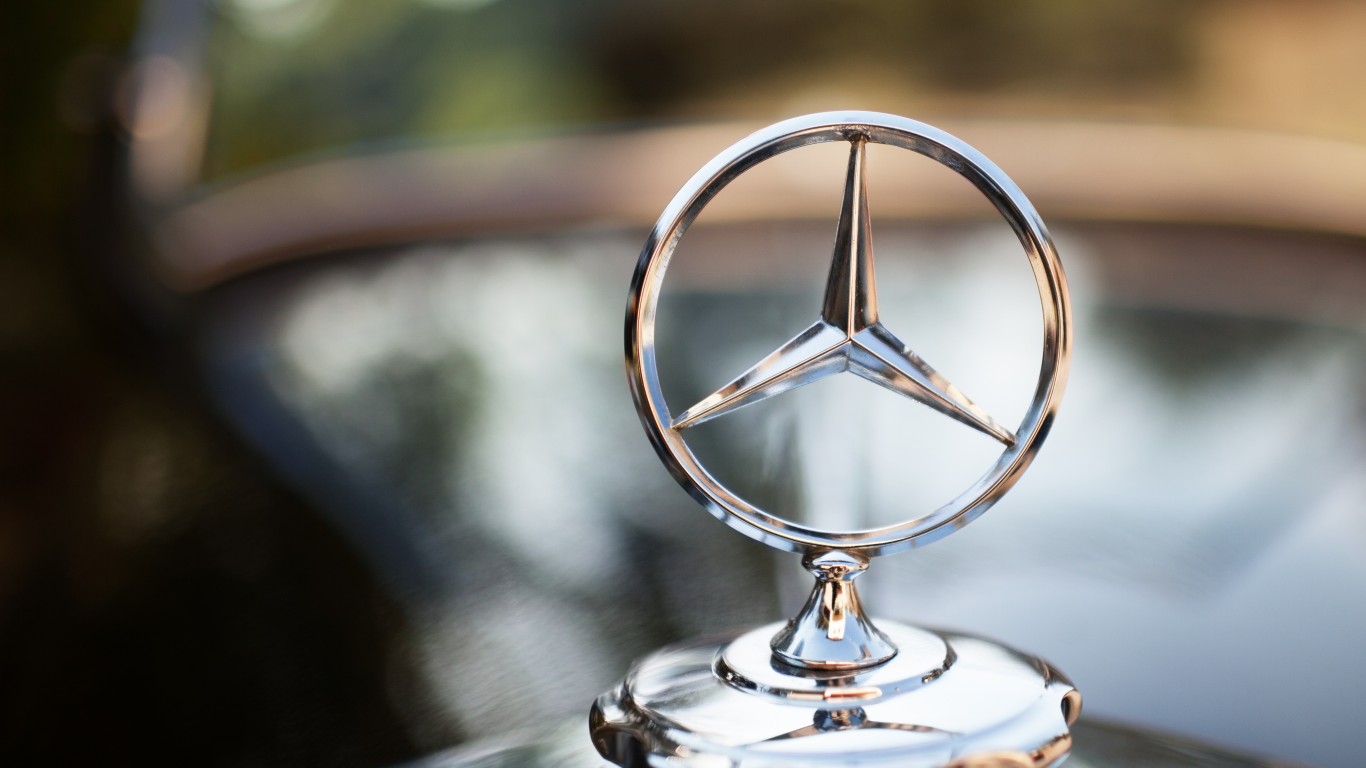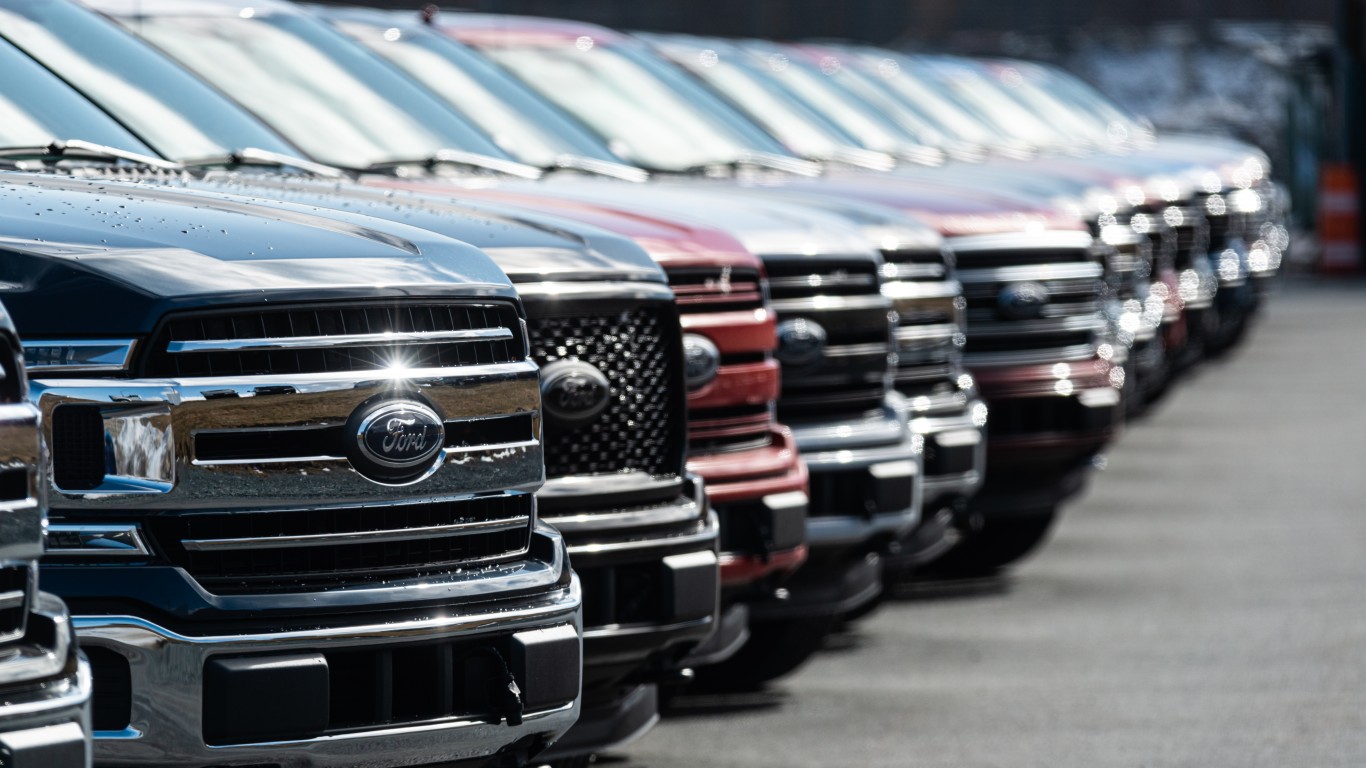July might be called the month of the luxury car. Sales of BMW, Mercedes and Audi rose sharply. As a matter of fact, Mercedes sales rose 15% to 29,406 in July. But the luxury division of America’s largest car company continues to struggle. Cadillac sales dropped 2.6% to 15,241. General Motors Co. (NYSE: GM), Cadillac’s parent, proved again it cannot get traction at the top of the luxury car market.
Most of the difficulty Cadillac had last month can be blamed on its two popular sedans (although one has a coupe). The ATS, the current generation of which is fairly new, had a drop in sales to 2,582, down 11.1%. The aging CTS model sold 2,039, down 29.4% in July.
Cadillac’s struggle cannot be blamed on its quality perception. In the J.D. Power 2014 Vehicle Dependability Study, Cadillac ranked third after Lexus and Mercedes and well ahead of BMW and Audi. However, quality survey results do not always translate into sales. In the same study, Chrysler’s brands — Chrysler, Jeep and Dodge — had horrible ratings, and yet Chrysler has pounded the balance of the industry with sharp sales increases.
Part of Cadillac’s lack of success may be that its model line is much more limited, particularly when compared to Mercedes and BMW. Cadillac has one small sedan, one mid-sized one and one large one. It has a single crossover, one wagon and one SUV. By contrast, BMW has eight lines, as well as an entire division devoted to ultra-powerful vehicles.
ALSO READ: Cars So Hot They Are Out of Stock 2014
Cadillac also is challenged because the luxury market is so crowed in the United States. Nissan has its Infiniti division. Toyota Motor Corp. (NYSE: TM) has Lexus. Ford Motor Co. (NYSE: F) has its struggling Lincoln division. Honda Motor Co. Ltd. (NYSE: HMC) does relatively well with the Acura. And niche brands, which include Porsche, Range Rover and Jaguar, also do well.
It may be that GM can be turned around by the introduction of a large number of new models. However, at the same time, its competition is not standing still. They are releasing armies of new models on their own.
Are You Still Paying With a Debit Card?
The average American spends $17,274 on debit cards a year, and it’s a HUGE mistake. First, debit cards don’t have the same fraud protections as credit cards. Once your money is gone, it’s gone. But more importantly you can actually get something back from this spending every time you swipe.
Issuers are handing out wild bonuses right now. With some you can earn up to 5% back on every purchase. That’s like getting a 5% discount on everything you buy!
Our top pick is kind of hard to imagine. Not only does it pay up to 5% back, it also includes a $200 cash back reward in the first six months, a 0% intro APR, and…. $0 annual fee. It’s quite literally free money for any one that uses a card regularly. Click here to learn more!
Flywheel Publishing has partnered with CardRatings to provide coverage of credit card products. Flywheel Publishing and CardRatings may receive a commission from card issuers.
Thank you for reading! Have some feedback for us?
Contact the 24/7 Wall St. editorial team.




